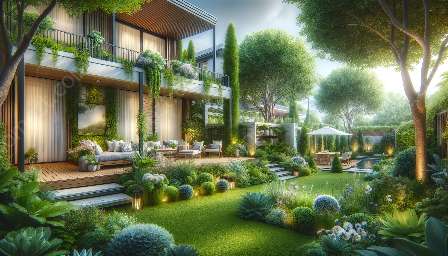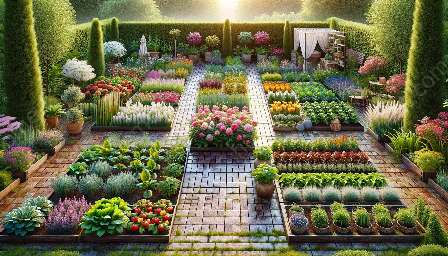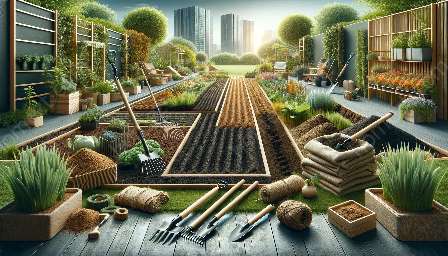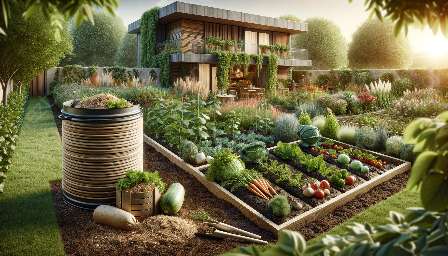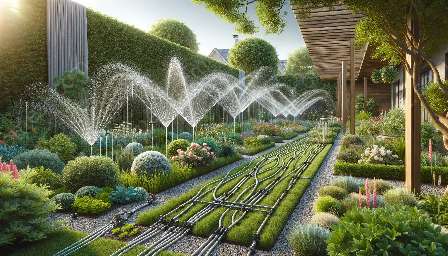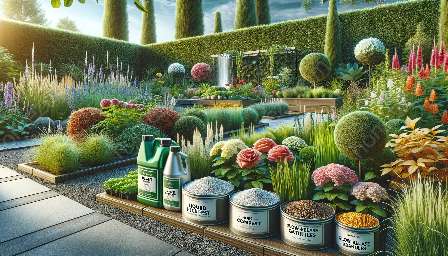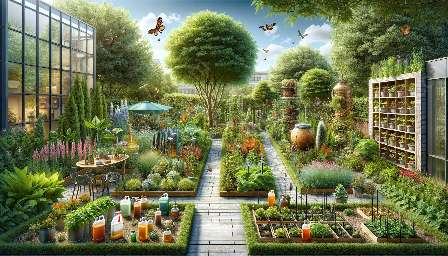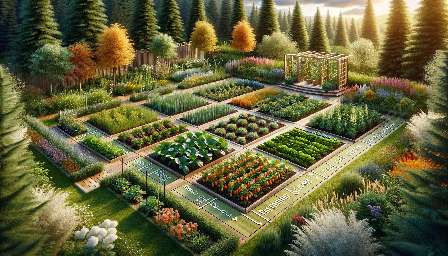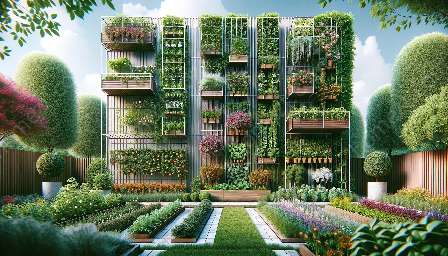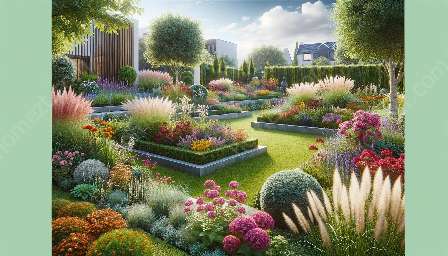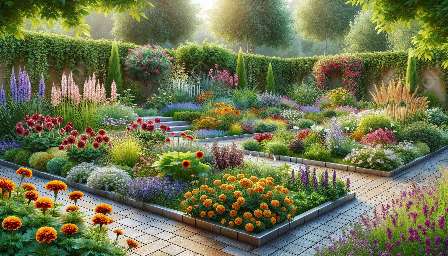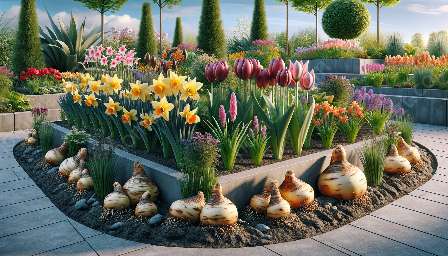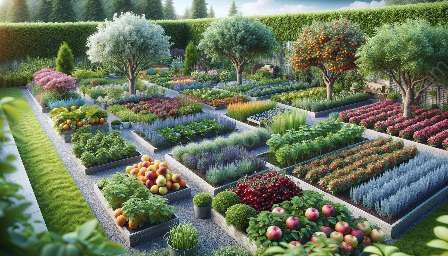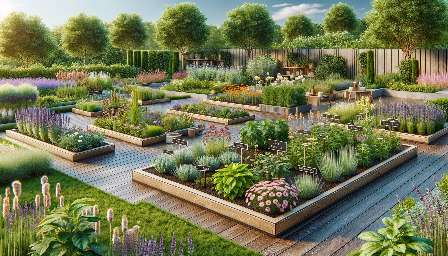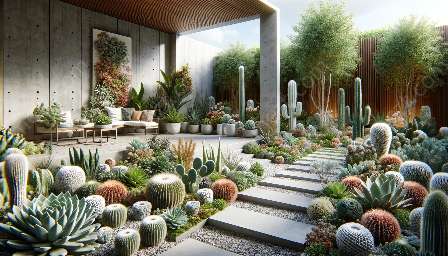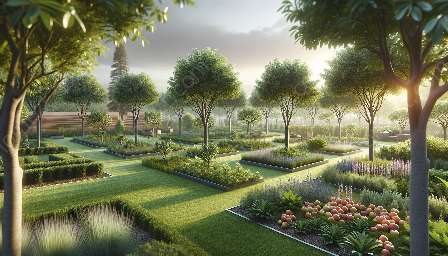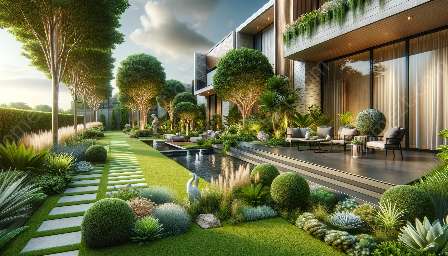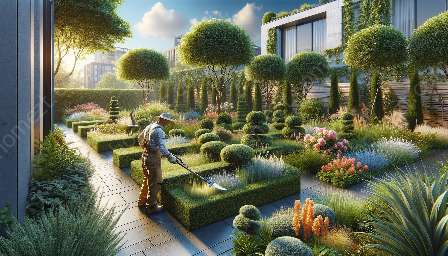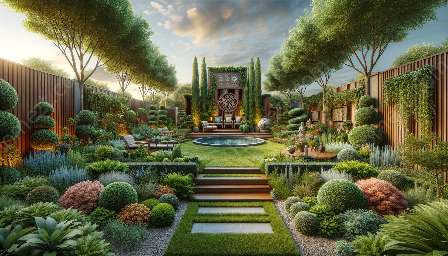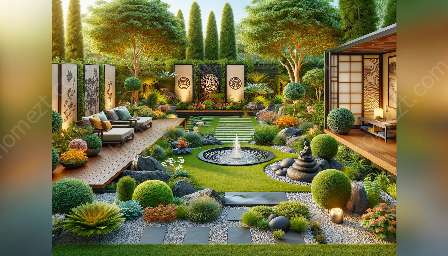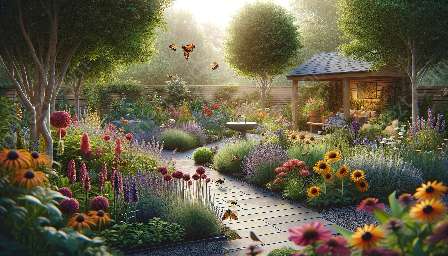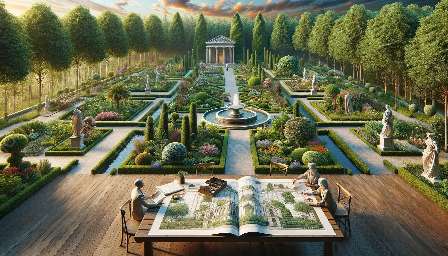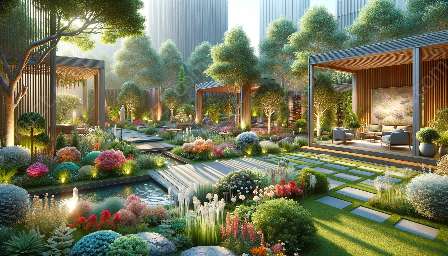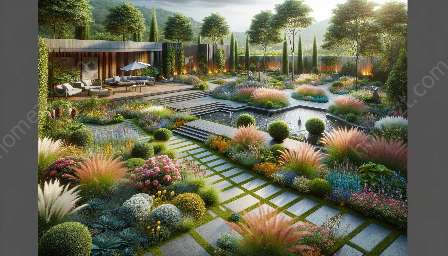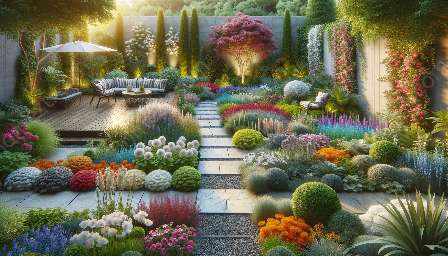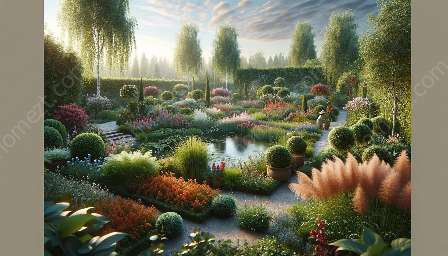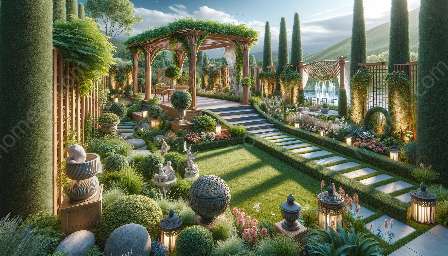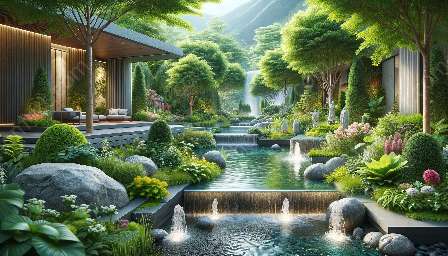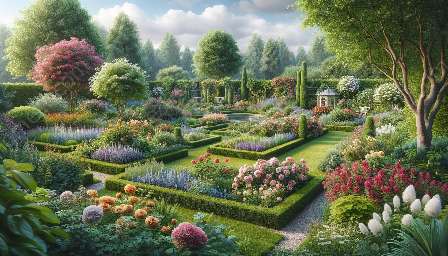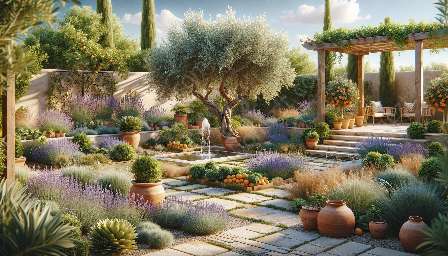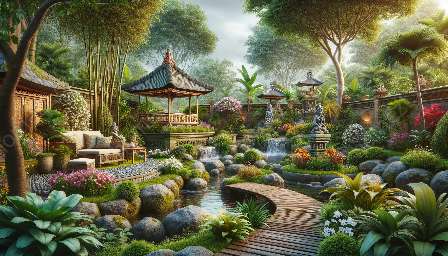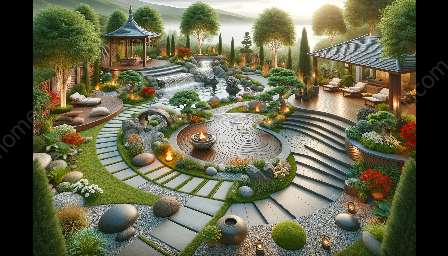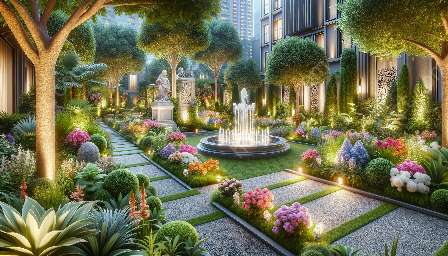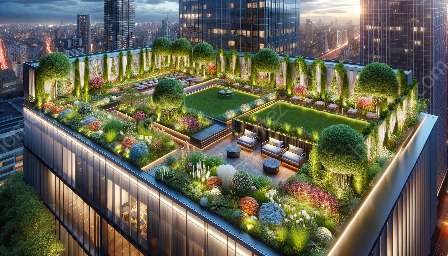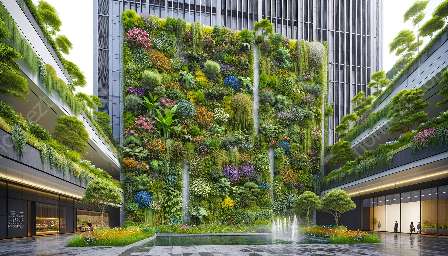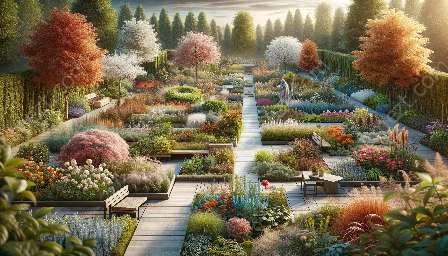Creating a visually appealing garden that complements your home’s aesthetics involves careful planning, design, and attention to detail. In this guide, we will explore the art of garden aesthetics and aesthetics planning, providing you with insights and practical tips to transform your outdoor space into a beautiful and harmonious extension of your home.
The Importance of Garden Aesthetics
Garden aesthetics go beyond just making the outdoor space look visually pleasing. A well-designed garden can enhance the overall appeal of your home, create a relaxing retreat, and even increase the property value. It serves as an extension of your living space and allows you to connect with nature.
Elements of Garden Aesthetics
When considering garden aesthetics, several elements come into play. These include:
- Plant Selection: The choice of plants, flowers, and trees can greatly impact the visual appeal of your garden. Selecting a diverse range of species that bloom at different times can ensure year-round interest.
- Layout and Design: The layout of the garden, including pathways, focal points, and seating areas, contributes to the overall aesthetics. Strategic placement of plants and decorative features can create a sense of balance and harmony.
- Color and Texture: Choosing plants with varied colors and textures adds depth and visual interest to the garden. Contrast and complementarity can be used to create an aesthetically pleasing composition.
- Hardscaping and Structures: Elements such as pergolas, water features, and decorative stonework can add character and functionality to the garden while enhancing its aesthetics.
Aesthetics Planning
Aesthetics planning involves a thoughtful and deliberate approach to designing and developing your garden to achieve a desired visual impact. Consider the following aspects when planning the aesthetics of your garden:
Unity and Harmony:
Ensure that the overall design of your garden creates a sense of unity and harmony. It should flow seamlessly with the architectural style of your home and reflect your personal aesthetic preferences.
Seasonal Interest:
Plan for year-round appeal by incorporating plants and features that provide visual interest in every season. This may involve selecting evergreen plants, incorporating ornamental grasses, or planning for seasonal blooms.
Functional Design:
Optimize the functionality of your garden by considering how you intend to use the space. Create distinct areas for entertaining, relaxation, and gardening activities while maintaining a cohesive visual design.
Maintainability:
Consider the ongoing maintenance and care required to uphold the aesthetics of your garden. Choose plants and materials that are well-suited to your climate and lifestyle to ensure long-term sustainability.
Practical Tips for Garden Aesthetics
Here are some practical tips to enhance the aesthetics of your garden:
- Focus on Focal Points: Incorporate focal points such as sculptures, large planters, or architectural features to draw the eye and create visual interest.
- Layer Plantings: Create depth and dimension by layering plants of varying heights and textures. Consider using vertical elements such as trellises and climbing plants.
- Balance Hardscape with Softscape: Achieve a harmonious balance between hardscape elements like pathways and patio areas and the softscape of plants and foliage.
- Accessorize Thoughtfully: Select garden accessories and decor that complement the overall aesthetic and add personality to the space without overwhelming it.
Conclusion
By understanding the principles of garden aesthetics and aesthetics planning, you can transform your outdoor space into a visually stunning and harmonious retreat. Whether you have a small urban garden or a sprawling estate, thoughtful design and planning can help you create a garden that complements and enhances your home's aesthetics, providing a tranquil escape and a feast for the senses.

